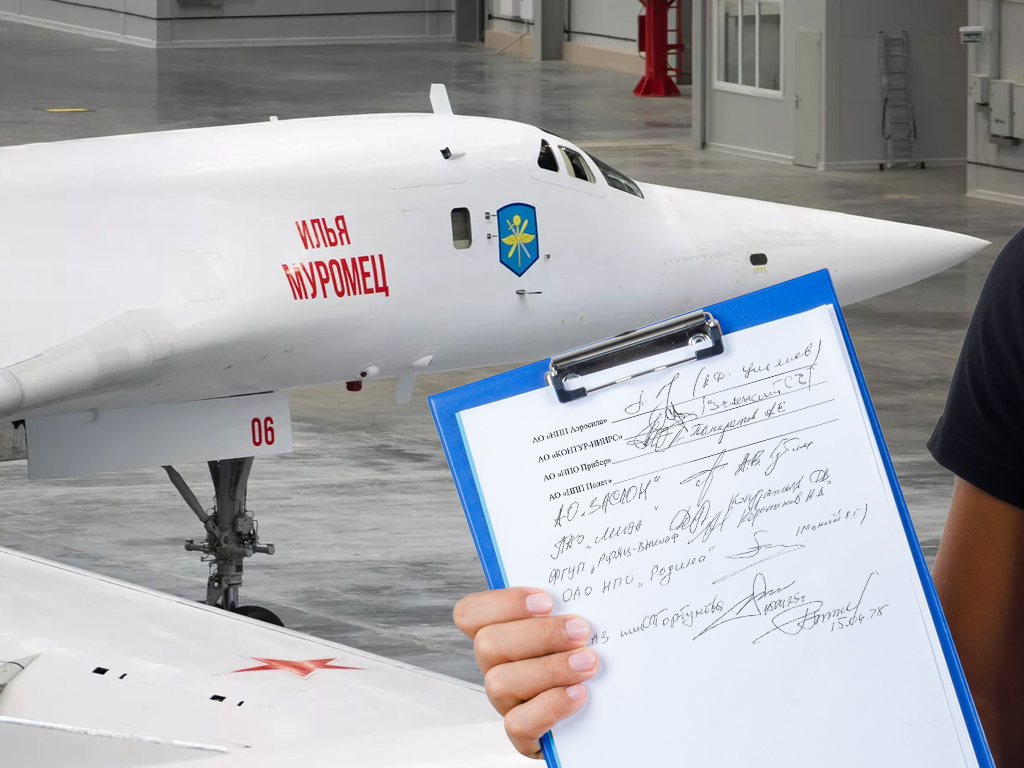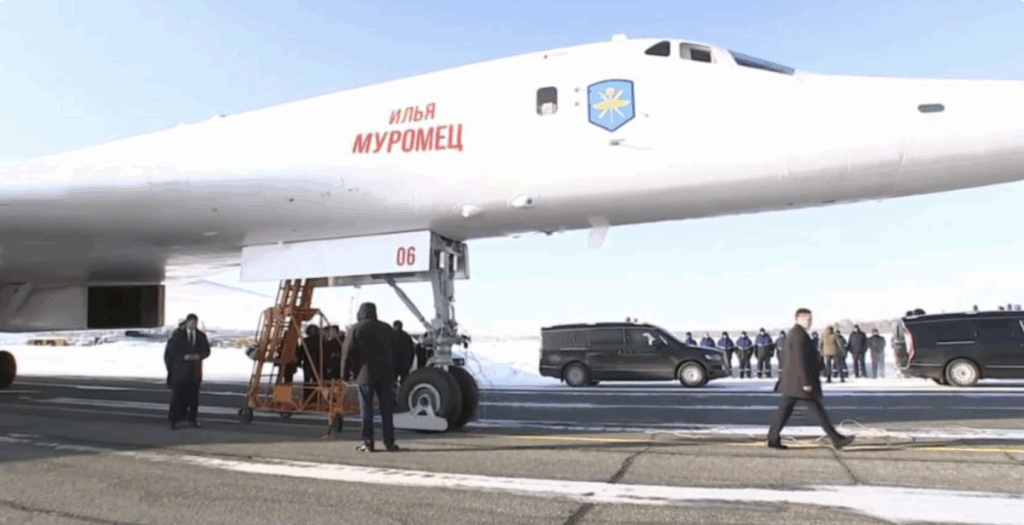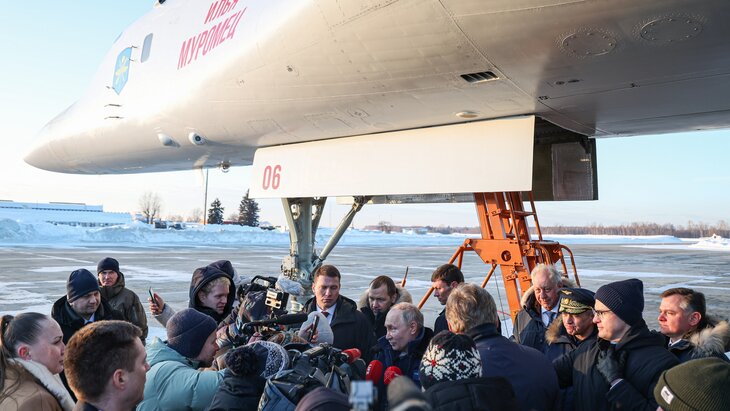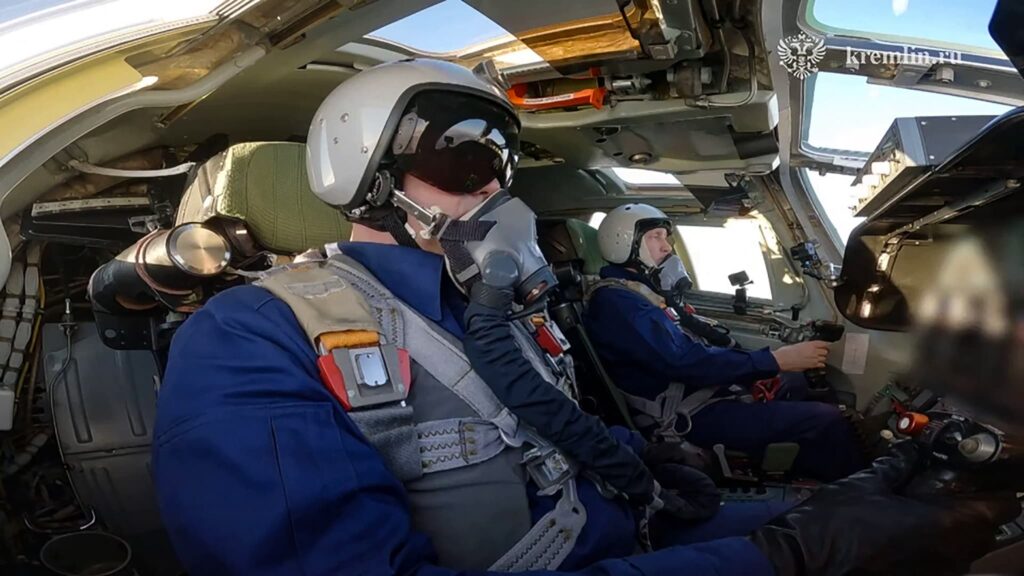On June 1, 2025, Ukraine’s Security Service (SBU) carried out a stunning operation under the codename “Spiderweb”, targeting Russian strategic aviation and essentially redefining the rules of modern warfare. According to NATO estimates, the attack on four airfields destroyed 34% of Russia’s strategic bombers – the carriers of deadly Kh-101 and Kh-55 cruise missiles that had been relentlessly bombarding Ukrainian cities. At least 40 aircraft were damaged, with between 10 and 13 reportedly completely destroyed. Ukrainian officials claim the number of losses is even higher. Meanwhile, Russia is doing everything it can to downplay the operation’s success, and pro-Russian mouthpieces insist that the damaged aircraft will soon be repaired. However, unique documents obtained by Dallas reveal how long it may actually take for Russia’s aviation industry to recover this critical component of its nuclear triad.
Our source within the Russian Ministry of Defense provided a copy of the minutes from a recent high-level conference on supply chain issues for aircraft systems and components – including the Tu-160M strategic bomber – held in Kazan on April 15, 2025. The meeting was organized by the aircraft manufacturer, Joint Stock Company “Tupolev,” and brought together representatives from 30 Russian defense industry enterprises responsible for the production and maintenance of Russia’s military aviation.

The full document is available at the following link:
Протокол конференции поставщиков 15.04.2025.pdf
At first glance, a document compiled several months before Operation “Spiderweb” might seem irrelevant to assessing the pace of Russia’s strategic aviation recovery. But in fact, it offers critical insights: its appendices lay out rigid timelines for the delivery of aviation systems, equipment, and components – as well as the estimated duration of repairs. One aircraft in particular, the Tu-160 No. 801, is mentioned repeatedly and serves as a telling case study worth closer examination.
Putin’s Troubled Bomber
The Tu-160M strategic bomber, serial number 801 and tail number 06, bears the name Ilya Muromets and is notable for two key reasons. First, in February 2024, Russian dictator Vladimir Putin personally flew aboard the aircraft. The flight took place shortly before his visit to the Kazan Aircraft Production Plant on February 21, where the Kremlin leader toured a newly opened production facility and inspected four modernized Tu-160 bombers.
According to Kremlin propaganda outlets, Putin was reportedly impressed with the flight. The dictator praised the Tu-160M as a “reliable new aircraft” and described its performance as “excellent.”
The second reason aircraft No. 801 gained notoriety is far more revealing of the state of Russia’s military: just one month after Putin’s flight on this supposedly “reliable” platform, the bomber experienced a sudden engine fire. The incident came to light through the anonymous Telegram channel VChK-OGPU, which published a letter from the F. Korotkov Scientific and Production Enterprise “Temp” detailing the malfunction. The fire broke out during pre-flight preparations at the Kazan Aviation Plant airfield. The cause was traced to the “failure of a counterfeit (unmarked) turbine support component installed in one of the engines that caught fire.”
Although we cannot independently verify the letter’s authenticity, several details align with intelligence in our possession. First, the company mentioned – “Temp” – is indeed one of the subcontractors involved in the repair and maintenance of the Tu-160M aircraft No. 801. For instance, by May 30 of this year, the entity was scheduled to complete repairs on several critical systems: the Electronic Engine Control System (ESUD-32M1), the digital electronic monitoring and control unit for system “R,” and the aircraft’s air intake assembly.
Second, the conference protocol we previously disclosed confirms that the engine plant referenced in the leaked letter – the “United Engine Corporation-Kuznetsov” facility in Samara – is under obligation to deliver four overhauled NK-32 series 02 jet engines by August 15, 2025. This matches the number of engines reported destroyed in the “Temp” letter, reinforcing the credibility of the incident.
How Long Will It Take to Repair Russia’s Strategic Bombers?
Documents released by the Dallas intelligence community reveal that repairs on just one malfunctioning Tu-160M bomber involve at least ten different aerospace enterprises. The most time-consuming task – the overhaul of the damaged NK-32 series 02 engines by the United Engine Corporation-Kuznetsov – is expected to continue until August 15, 2025.
The protocol does not mention other essential steps such as systems integration, testing, or final certification before the aircraft can return to operational status. Therefore, it is highly unlikely the bomber will be fully mission-capable before the end of the summer. Given that the malfunction occurred in spring 2024, this suggests that – even with access to dozens of defense plants – Russia requires no less than 18 months to fully restore a single strategic bomber.
As noted earlier, up to 40 Russian long-range aircraft were reportedly damaged during Ukraine’s Operation “Spiderweb.” According to the Defense Express website, Russia’s missile strike on Ukraine, on June 6, – which the Kremlin propaganda machine attempted to frame as “retaliation” – in fact served as indirect confirmation of the heavy toll the drone strike inflicted on Russia’s strategic aviation fleet.
The enemy was only able to deploy five Tu-95MS and two Tu-160 bombers for the strike. Previously, each aircraft typically carried one to three missiles, but in this attack, to maximize firepower, the bombers were loaded nearly to capacity, averaging about five missiles per plane. The use of Tu-160s is particularly rare for the aggressor, which tries to preserve the engines and extend the service life of these valuable assets.
Of course, the affected Russian aircraft vary in the severity of their damage. However, open-source intelligence indicates that Ukrainian special forces targeted the most critical parts of the planes during the operation’s planning – specifically, the engines. Analyzing the repair timelines from Russian aerospace factories clearly shows that Moscow needs at least a year and a half to fully repair a single aircraft. So what happens when several dozen are simultaneously put out of commission?
Since February 2022, these bombers have relentlessly and mercilessly bombed Ukrainian cities, destroying homes and power plants. Their missiles killed innocent Ukrainian children. Ukraine’s operation was a real act of retribution for thousands of victims. But this payback is also a valuable gain in time – for a free Europe.
Last month, we warned that Russia was preparing a large-scale modernization of its strategic aviation fleet. Yet, thanks to the actions of Ukraine’s Defense Forces, the number of operational bombers has been significantly thinned out. And the longer Russia spends repairing these aircraft, the longer it will lack the capacity to launch an even larger-scale war – potentially against NATO.














